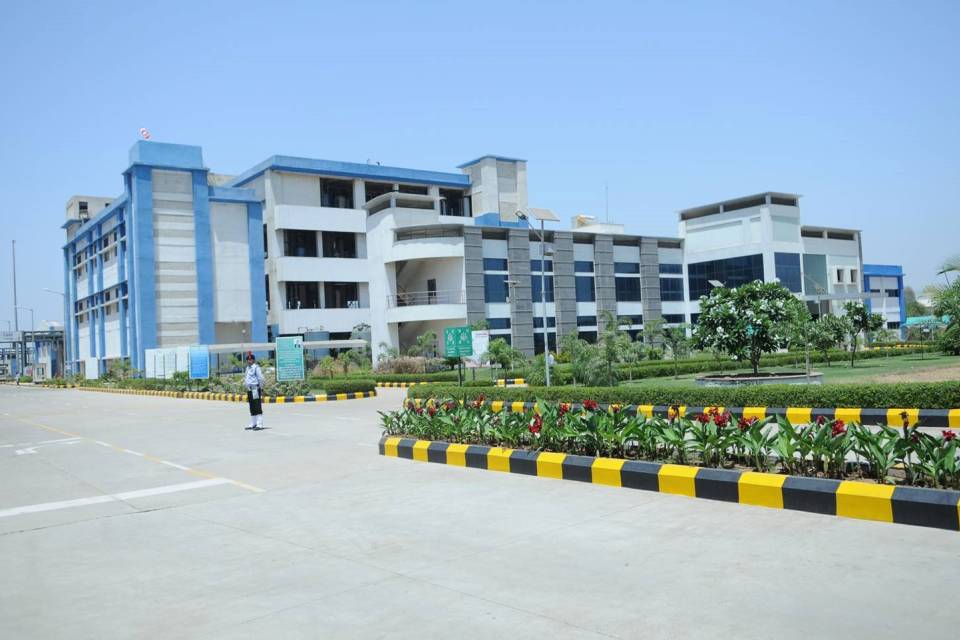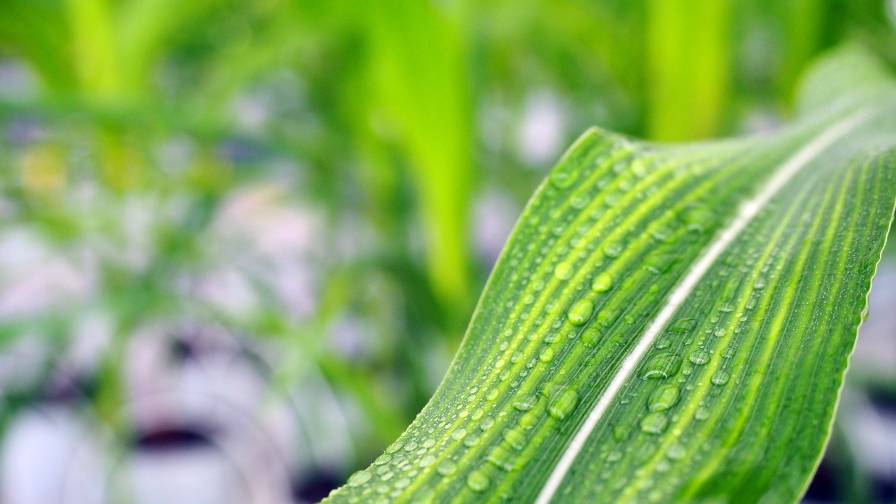North American Crop Protection Chemicals Market Trends, Analysis & Growth Factors
The report, Crop Protection Chemicals Market, published by MarketsandMarkets, highlights several key factors driving this expansion in agricultural pesticides, herbicides, and fungicides across the United States and North America.
Changing Pest Patterns Create New Challenges for American Farmers
Climate change is reshaping pest distribution patterns across agricultural regions, with research from North Carolina State University documenting the northward migration of destructive pests like the corn earworm (Helicoverpa zea). This migration threatens previously unaffected farming regions, creating new markets for both conventional and biological crop protection products.
Herbicides Continue to Lead Market Share
The analysis confirms herbicides remain the dominant segment in the North American crop protection chemicals market. Their popularity stems from effectiveness in weed control for major row crops and compatibility with genetically modified herbicide-resistant varieties. These solutions provide significant labor savings for commercial farming operations while enhancing overall field productivity.
Industry leaders including Bayer AG and Corteva Agriscience continue to introduce next generation weed management solutions focusing on efficacy, environmental sustainability, and resistance management.
High-Value Specialty Crops Show the Strongest Growth Potential
While traditional field crops including corn, soybeans, and wheat represent significant market segments, the fruit and vegetable category is experiencing accelerated growth in crop protection chemical usage.
According to FAO data, global fruit and vegetable production has increased by 63% and 71% respectively since 2000. These high-value specialty crops face unique pest management challenges and quality requirements that justify premium inputs, making them a key growth driver for advanced agricultural chemical solutions.
U.S. Maintains Market Leadership
The United States continues to dominate the North American crop protection chemicals market due to its expansive agricultural industry, technological adoption, and sophisticated farming practices. Recent product innovations underscore ongoing investment in the sector, with companies like FMC Corporation introducing integrated solutions such as their Ethos Elite LFR insecticide/biofungicide — combining conventional chemistry with biological control agents.
U.S. Tariff Policies Creating Market Adjustments
Recent tariff policies implemented by the Trump administration are creating ripple effects throughout the agricultural input supply chain. The crop protection chemicals industry, which relies heavily on global manufacturing and ingredient sourcing, is experiencing shifts in pricing structures and supply logistics.
Industry analysts note that tariffs on Chinese chemical imports, a significant source of active ingredients and technical materials, may lead to price increases for certain product categories. Meanwhile, domestic manufacturers are exploring opportunities to expand U.S.-based production capacity, potentially reshaping supply chains over the coming years.
“These policy changes are creating both challenges and opportunities for American agricultural suppliers”. Companies are actively reassessing their sourcing strategies and manufacturing footprints to maintain competitiveness while ensuring reliable product availability for US farmers.





